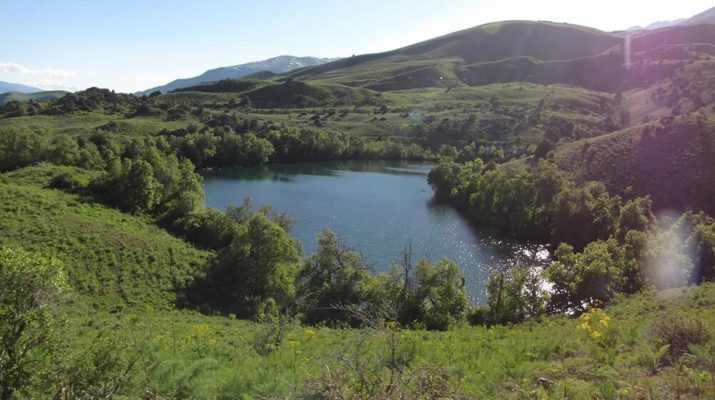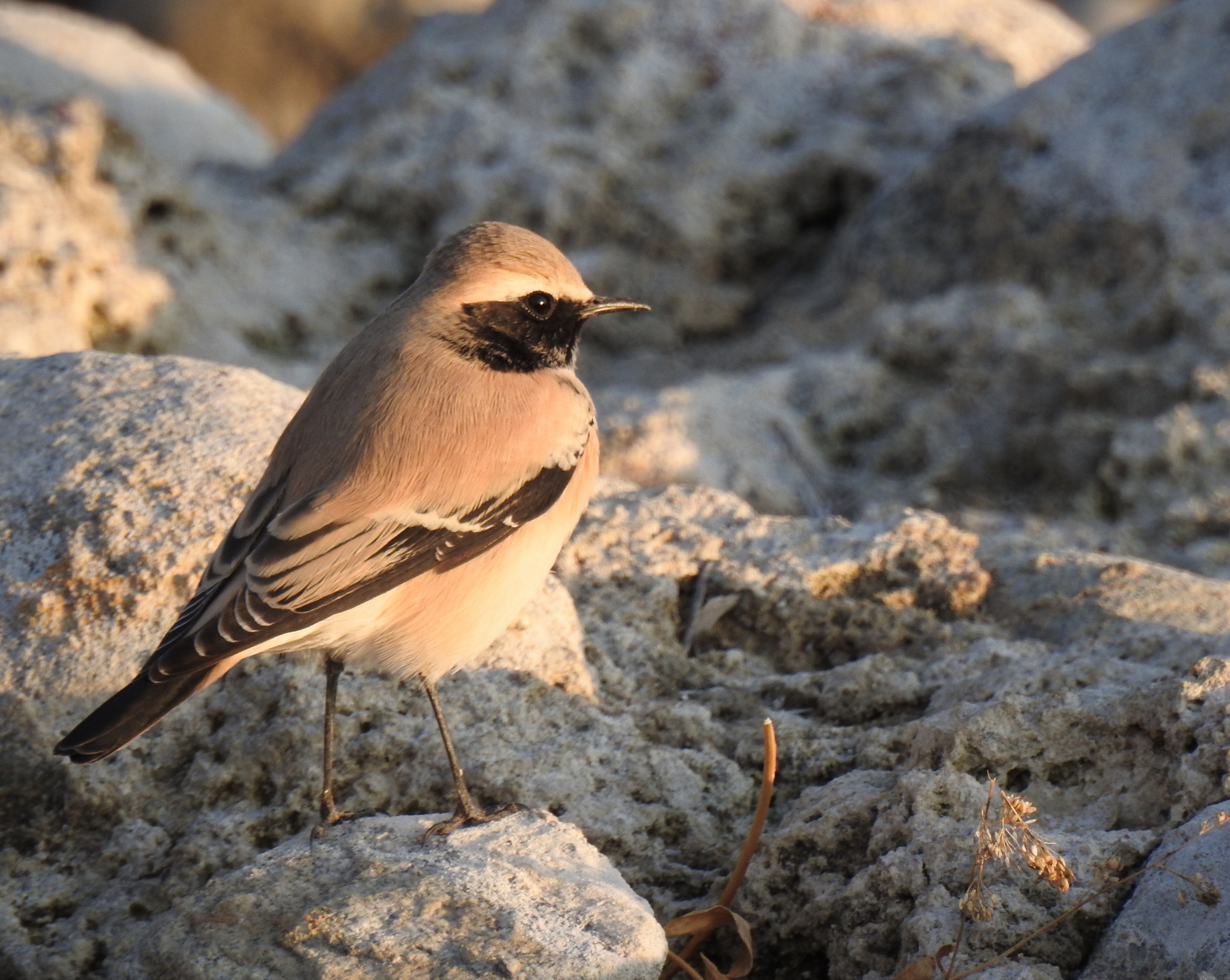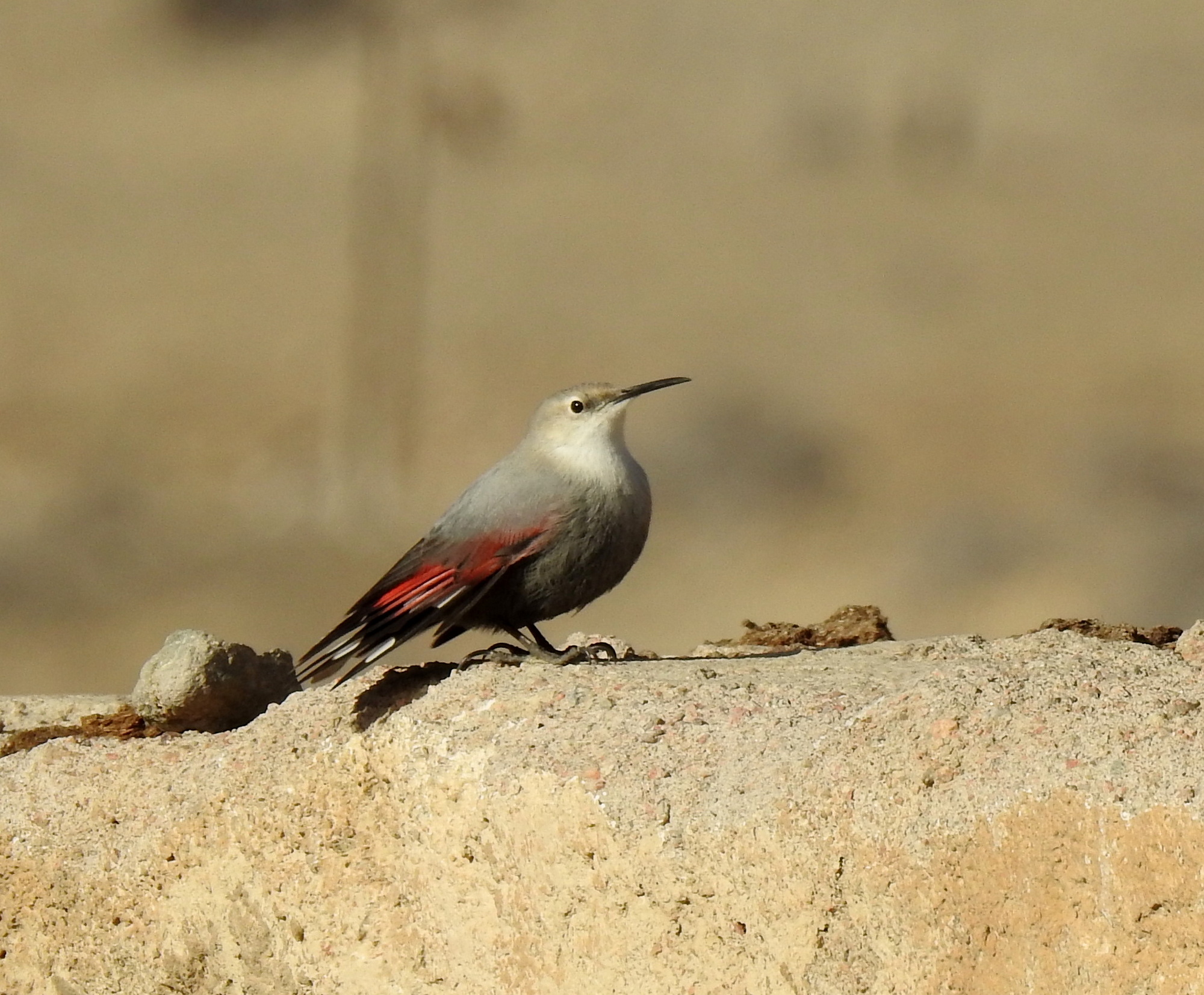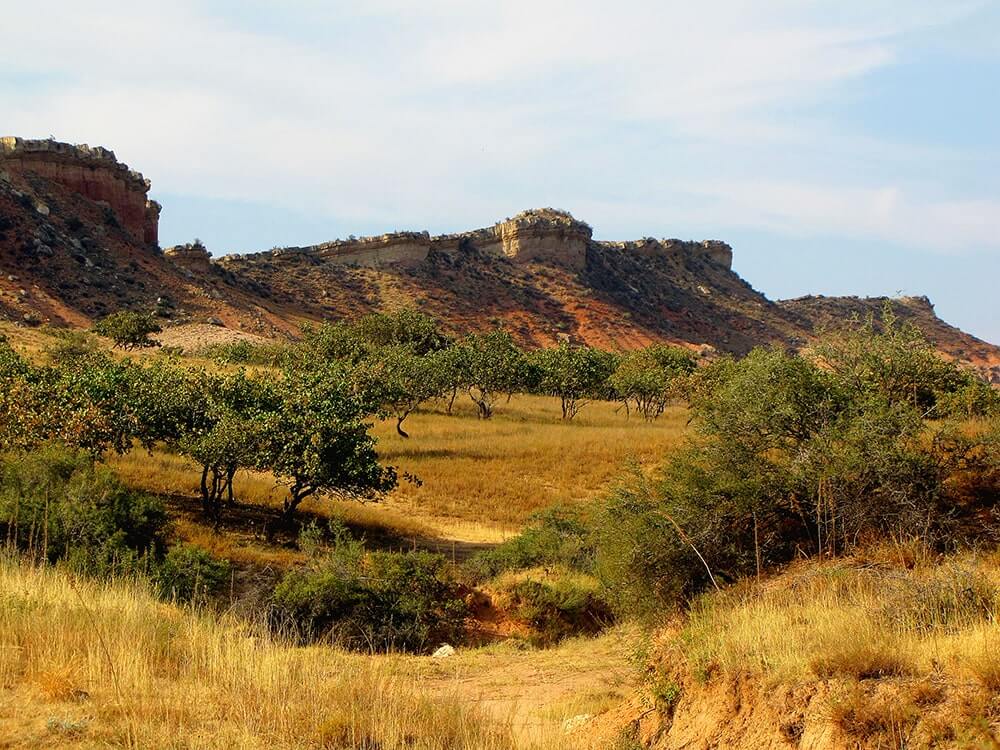An alternative 7-day tour option is presented below
The Western Tian-Shan is a natural heritage of the UNESCO, of world significance. This wild, almost untouched territory has kept its original appearance. Western Tian-Shan occupies the territories of four countries: Kyrgyzstan, Kazakhstan and Uzbekistan. Kyrgyzstan occupies the largest part of the Western Tian-Shan.
The mountainous regions of the Western Tian-Shan, restricted to the Chatkal, Sandalash and Pskem ranges, are a paradise not only for ornithologists, but also for nerds, zoologists, theriologists, entomologists and other researchers. Here, a great deal of flora and fauna is safely combined. Natural landscapes are very compact and at the same time have a lot of contrasts. During the trip to the Western Tian-Shan, there is a change of landscapes along with a change in the ranges of the habitats of different species of birds. At the beginning of our journey, our route passes through the eastern part of the Western Tian-Shan, where the creation of the largest artificial reservoir in Central Asia – the Toktogul reservoir, has made some changes in the natural ecosystems and bird habitats.
Further, moving to the south, we get to a semi-desert area – the Kyzyl-Dzhar savannah, where semi-desert and steppe bird species live. From here we continue to the west and further north to the high-mountainous zone of the Western Tian-Shan. Here, in the valley of the river Chatkal, you can find a variety of habitats where you can see various types of birds and animals. The region of the western Tian-Shan has a global importance for biodiversity. It is the place of origin of a number of endemic flora and fauna. There is a wide variety of types of forests, birds and animals. The Besh-Aral Reserve established in 1979, occupies the western part of the Chatkal Valley. In one of the picturesque places of Chatkal, we will place our field camp. In order to see the spring and autumn mass migration flight of various birds that stop for a short rest in the lakes of Kyrgyzstan, the most favorable time is April and October. Useful tips for birdwatchers
This tour is 12 days long. The duration of the tour can be changed by the request of the participants. The total length of the route is about 1,400 km. The most favorable time for the trip is beginning of June, May or September. Our program shows the main bird watching sites. During the trip, we can stop at any convenient for us place to watch birds. 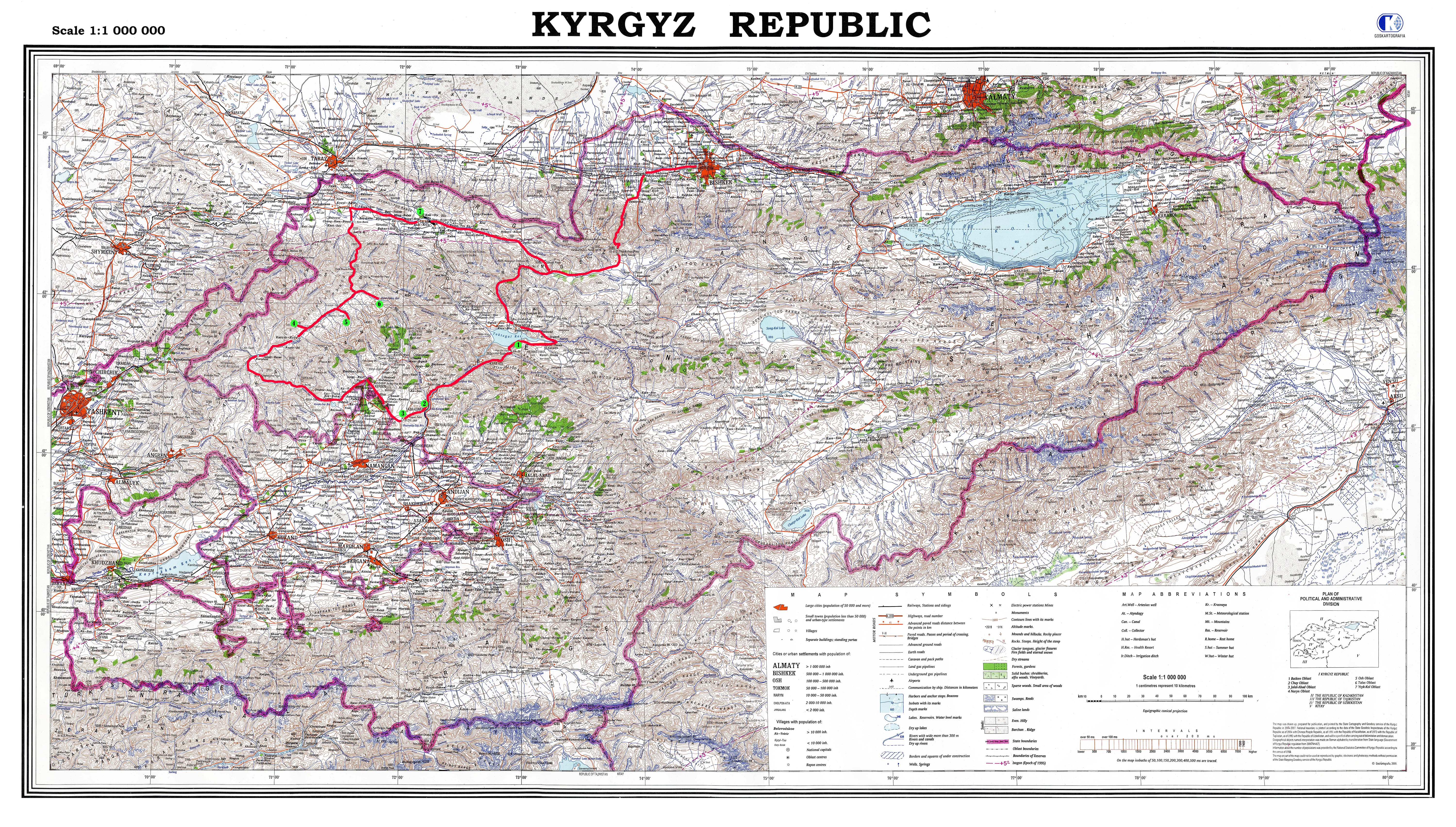
PROGRAM
Meeting at the airport. In the evening briefing presentation. Acquaintance with the program and guide. Overnight at hotel.
Bird watching, Location 1. Overnight at the hotel on the south bank of the reservoir. Here you can observe waterfowl: mallards, red-headed dives, coots, gulls, teals.
Moving to the vicinity of Tash-Kumyr. Birdwatching, Location 2. Here you can such rare birds as: chum, various ducks, waders, as well as birds of prey: Lammergeier (Gypaetus barbatus). Not far from Tash-Kumyr is the Shamaldy-Sai city, where you can watch the colony of a white stork. Overnight in guest house.
This place is also popular for paleontologists, because remains of dinosaurs of the Cretaceous period were found here. But, besides the remains of dinosaurs, here you can see various species of savannah and semi-desert birds: Crested Lark (Galerida cristata); field lark; Tawny pipit (Anthus campestris); common buzzard, black-faced shrike, gall oatmeal, cupcakes. Also here you can see such rare birds as: Lammergeier (Gypaetus barbatus); Egyptian Vulture (Neophron percnopterus).
From the limestone ridge Char-Tash you can see the dry multi-colored gorges and enjoy the panorama of the Fergana Valley. This is very convenient place to conduct birdwatching, Location 3. Lunch in the field. Overnight at guest house.
Along the route, arid semi-desert and savannah landscapes are gradually replaced by foothills, more humid ones and then turn into middle-mountain and high-mountain landscapes (2000-3000 m), with abundant vegetation and moderate humidity. Thus, the ecosystems that determine the habitats of many interesting birds change too.
We can stay in a guest house in the Kanysh-Kiya Village. Another more attractive option for ornithologists is to spend the night in a field camp between several small lakes formed in the foothill zone of the northern slope of the Sandalash ridge. The lakes are surrounded by trees and shrubs, which makes them a favorite place for many birds: nightingales, redstart, warblers, carduelis, pigeons. This is a very quiet place, with a magnificent panorama of the Chatkal range and the valley of the same name. The field camp is convenient because you can watch the night, morning and day birds. Overnight in tents.
Birdwatching in the vicinity of spring lakes (southern slope of the Sandalash ridge), Location 4.
The Chatkal Valley is a region of modern nomads. The vegetation here is extremely diverse and endemic. In the Chatkal valley and its surrounding mountain slopes, there are vast grassy steppes. In the foothill zone, the steppes turn into dense forests, where shrubs appear like the wild rose, barberry, honeysuckle, and woody vegetation – almond, pistachio, hawthorn, maple, ash, walnut, apple, cherry plum, pear, juniper, etc. In flood plains of rivers there are thickets of birch, willow, poplar, as well as thickets of blackberry, sea buckthorn, raspberry, currant, and wild grapes. Subalpine and alpine high-mountain meadows begin from an altitude of 2,700 m and are used as summer pastures. And above 3200-3500 m begin high-altitude rocky deserts with separate lawns from kobresia, sedges, gentian among moraine deposits of small glaciers and preserved snowfields.
The animal world is very diverse in Chatkal. In the forests among wild fruit trees and shrubs there are wild boars, foxes, bears, sometimes you can see roes. Porcupines, badgers, forest dormouse live in the forest zone. Stone martens, sometimes ermines and weasels, live near the rocks. High in the mountains graze Siberian goats that are hunted by snow leopards. Groundhogs are everywhere. But especially there are many birds. Deciduous forests are full of starlings, orioles, thrushes, woodpeckers, goldfinches, nightingales. In the juniper thickets live magpies, grosbeaks, finches, rock buntings. Gray doves, swifts and many birds of prey nest on the rocks: vultures, kestrels, golden eagles and others. Stone placers are the favorite places for chukars and snowcocks. You can see such rare birds as the: Himalayan griffon (Gyps himalayensis); Lammergeier (Gypaetus barbatus); Eurasian Eagle-Owl (Bubo bubo); Asian Paradise Flycatcher (Terpsiphone paradisi); Three types of fish are commonly found in mountain rivers – the common marinka, the Amudaryan char and the Turkestan catfish. The climate in Chatkal is contrasting. The hottest month is July, when the air warms up to 40 ° C, the average monthly temperature is 20 ° C. Lowest temperatures reach - 30 ° C. Snow in the Western Tien-Shan lays from November to March. The biggest amount of precipitation is in March-April, the smallest – in July. Overnight in tents.
In the morning, we drive to one of the big canyons of the northern slope of the Chatkal Ridge - Auyu-Chachy. Here, in dense thickets of shrubs and tall grass, there is a quiet place for birdwatching and contemplation of the untouched nature, Location 5. A stream flows along the bottom of the canyon forming a lake at the mouth of the canyon. In the evening, we move to the upper reaches of the Chatkal River. Accommodation in the field camp. Here you can see such rare birds as the: Golden Eagle (Aquila chrysaetos). Overnight in tents.
Lake Kara-Toko is a fantastically beautiful lake that represents one of the sources of the Chatkal River. The lake is surrounded by steep shores overgrown with woody forest and shrubs. The lake was formed by a major collapse, which occurred as a result of tectonic processes. We can reach the lake on foot or by horse. Before that, our car will take us through the gorge, (which owes its origin to the glaciers) to the confluence of two mountain rivers, from where we will reach Kara-Toko Lake after 3 km. This place is rarely visited by tourists because of the remoteness from the classical touristic routes. Therefore, there are not frightened wild animals and numerous birds, Location 6. Here you can see rare species of birds such as the: Golden Eagle (Aquila chrysaetos); Booted Eagle (Hieraaetus pennatus); White-winged Woodpecker (Dendrocopos leucopterus). After the excursion, we return to the camp.
The road to the Talas city, located in the intermountain valley of the same name, passes through the high pass of the Talas Range (4000 m). After the pass, the travel route sharply descends the winding mountain road into the valley, to an absolute altitude of about 700 m. This way we get to the northern part of the Western Tien-Shan, which borders with the steppes of Kazakhstan. In the evening, we will have a lecture about the animal world of Chatkal. Overnight at hotel.
There are large Tugai forests along the Talas River in the Talas Valley, this is a perfect place for birdwatching, Location 7. Today we will watch birds that nest in dense tree forest and riparian woodland of the Talas River floodplain. Here you can meet starlings, ivologist, blackbirds, carduelis, nightingales, various species of redstart and warbler, warblers, wands, cuckoos. Overnight at hotel.
In the morning, we will have an excursion to the cultural and ethnographic complex "Manas". After the excursion, the route continues through the highland Suusamyr Valley (2300 m), the pass Tuya-Ashu (3300 m) and descends into the Chuy Valley. Return to Bishkek. Overnight in hotel.
Transfer to the airport.
- - Meeting and seeing off at the airport
- Accommodation in 3 * hotels according to the program (double occupancy)
- Tents for living
- Large tent for kitchen and dining room
- Three meals a day for the entire program,
- Transport according to the program,
- Expert guide,
- Chef,
- Dishes for vegetarians
- Entrance fees to nature reserves
- Equipment rent,
- Bottled water
- - International air flights to Bishkek and back
- Internal flights
- Rent of personal equipment
- Supplement for single occupancy
- Cost of visa and consular services
- Personal expenses at the hotel: bar, international calls, etc.
- Insurance
- Any changes in the program
Price on request
According to the request and interest, we can negotiate the optimal price for your budget.
Price depends on the number of participants
Optimal group – 2-7 persons
- Accommodation in hotels:
– Bishkek – 2 nights
– Toktogul – 1 night
– Tash-Kumyr – 1 night,
– Talas – 2 nights - Total – 6 nights
- Accommodation in the field camp:
– Chatkal – 4 nights - Total – 4 nights
Alternative tour option for 7 days
Day 1. Bishkek – Kyzyl-Jar savannah – Tash-Kumyr
Day 2. Tash-Kumyr – Chatkal Valley
Day 3. Bird watching in the Chatkal Valley
Day 4. Chatkal – Talas
Day 5. Talas floodplain forest
Day 6. Talas – Besh-Kol lakes
Day 7. Talas – Bishkek
Tour cost on request
Our email: info@geoexplorersclub.com

